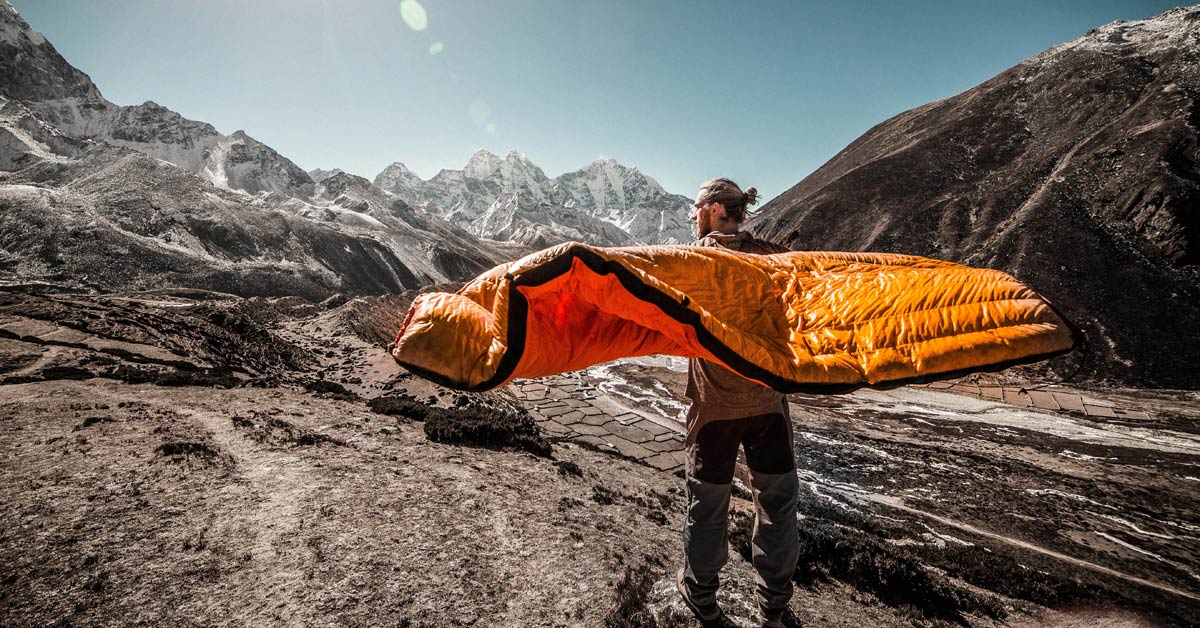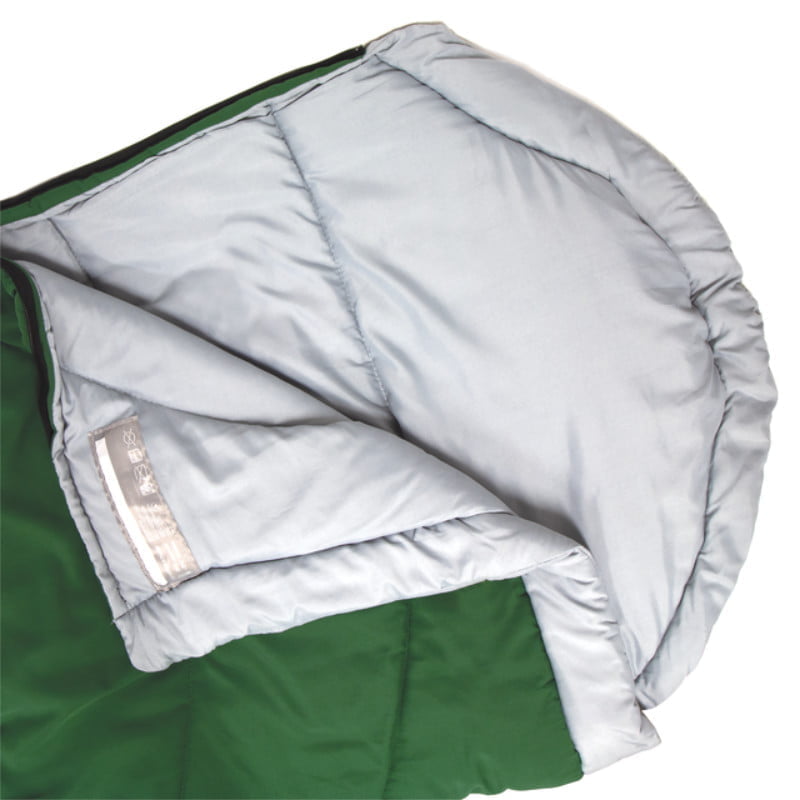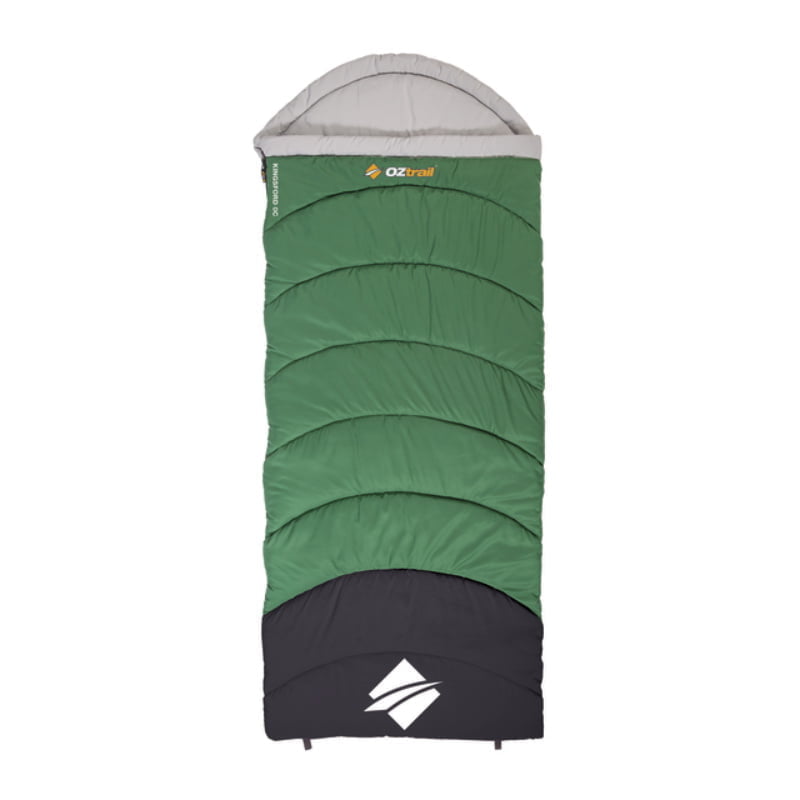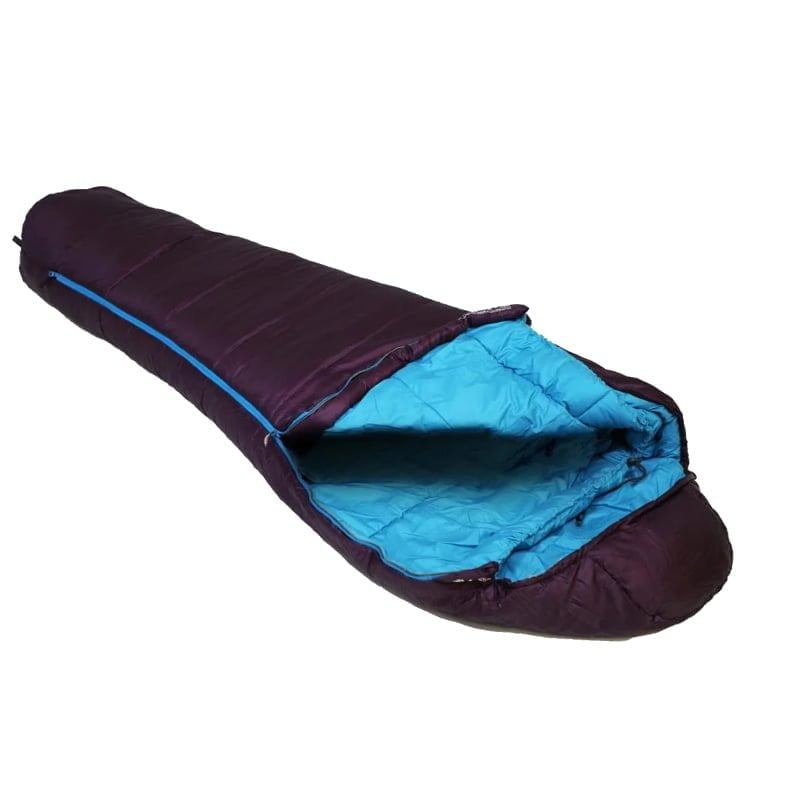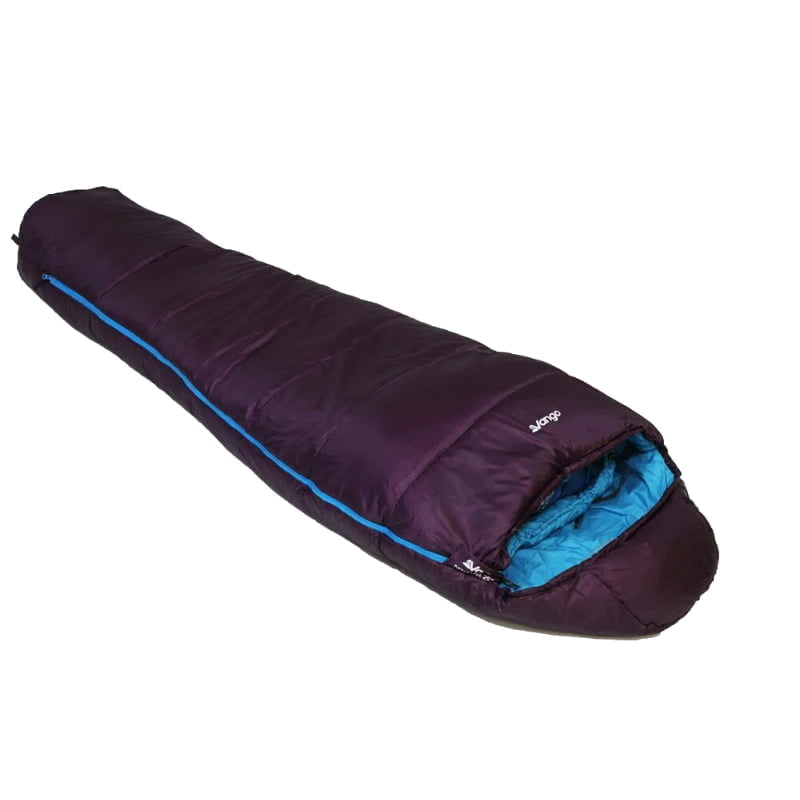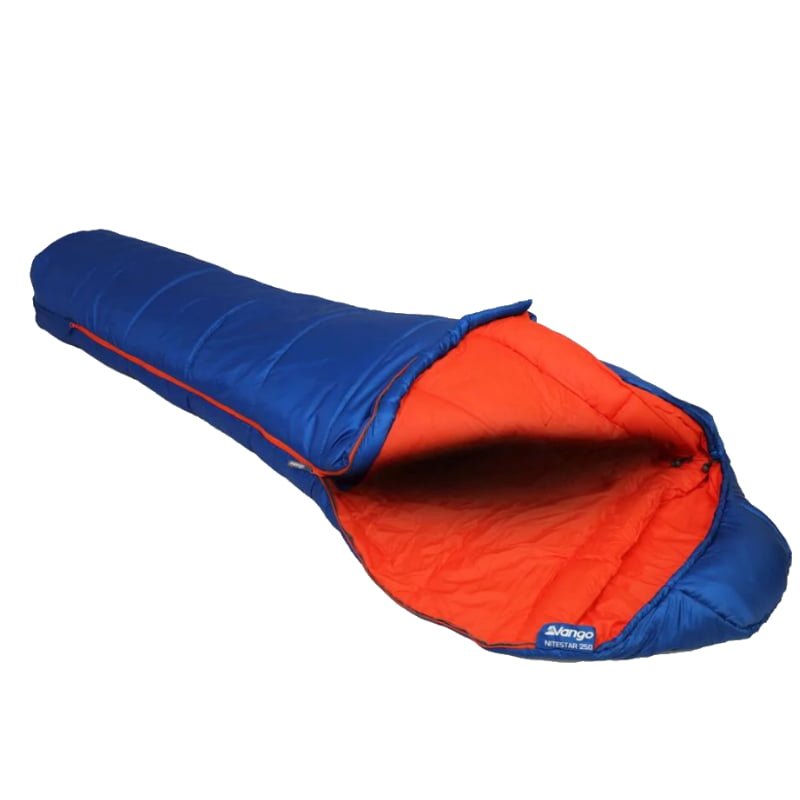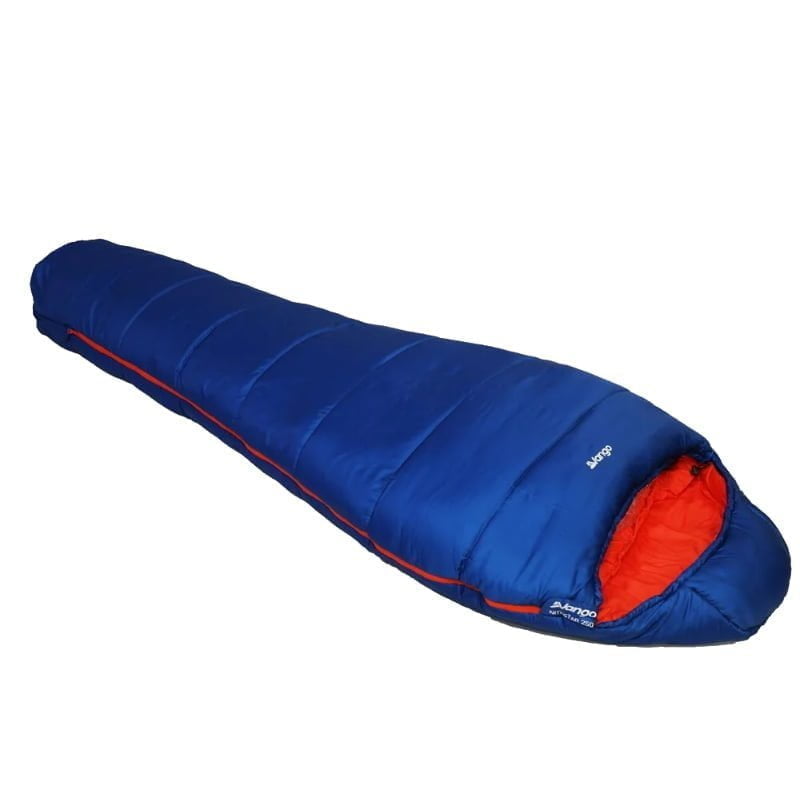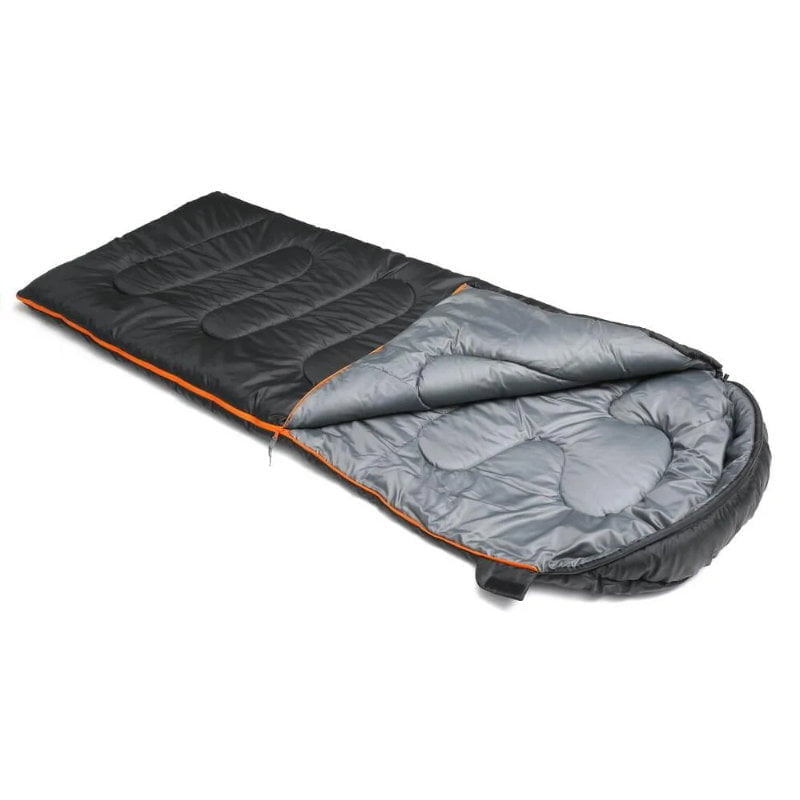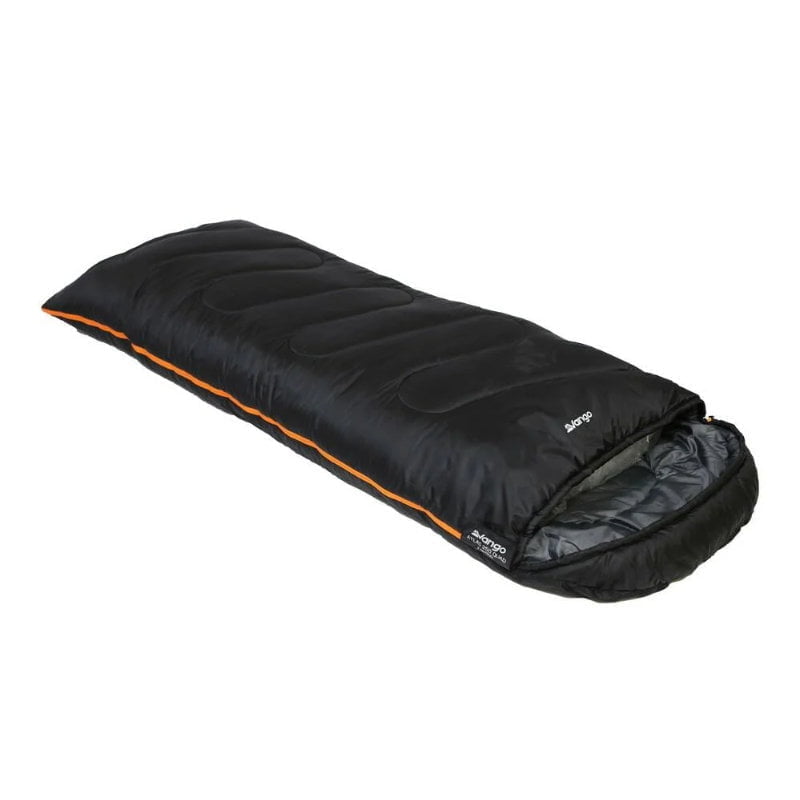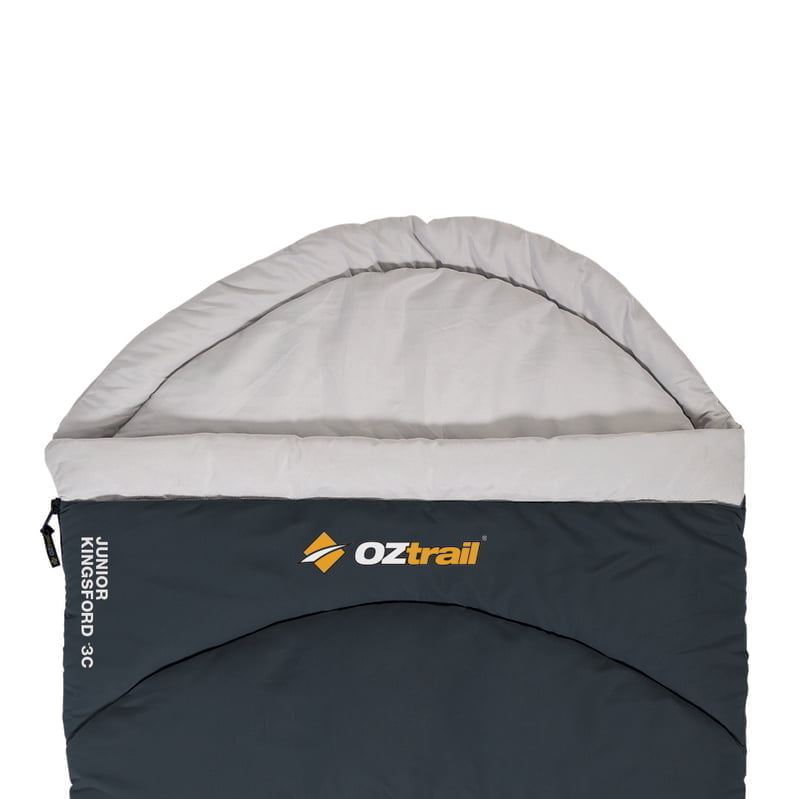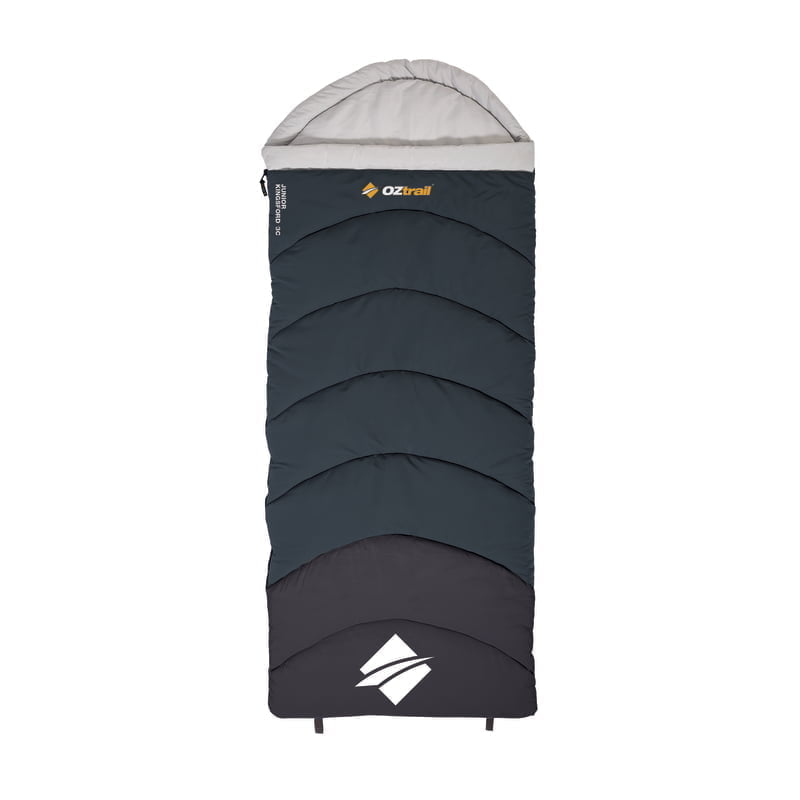Gear Guides
Gear Guide – Sleeping Bags
Sleeping bags are your go to solution for a cosy night’s sleep outdoors. There are so many different options on the market that choosing which one is right for you can be difficult. Our gear guide to sleeping bags will help you bust the jargon and make the right choice.
Shape
The first big difference you’ll notice about sleeping bags is the variety of shapes that are available. They break down to 3 main categories:
Rectangular – these sleeping bags are the traditional rectangular shape that we all recognise. They are a basic sleeping bag design that offers plenty of room and is zipped on the side and foot end. They can also be used as a blanket when fully unzipped. Rectangular bags feel more spacious if you get a little claustrophobic being wrapped up snugly when you sleep. This is a down side when sleeping in cold environments – the extra air space is more difficult to warm with your body heat, so these sleeping bags aren’t great for winter camping. They are Ideal for summer camping, caravanning or for indoor use.
Semi-Rectangular – these sleeping bags are mid way between a rectangular bag and a mummy bag. They are contoured to be narrower at the foot than the shoulder, which reduces the amount of air space your body needs to heat to stay warm, but they are not as snugly fitted as a mummy bag which is good for those that are larger framed or don’t like feeling too restricted when they sleep. These sleeping bags feature a hood or cowl to retain heat in the head area too. Depending on the filling and construction, these sleeping bags are good for all but the very coldest of environments.
Mummy – These sleeping bags are shaped to fit your body. They are narrow at the foot end, slim in the leg area, wider around your torso and then come in again for a head cowl. The benefit of these bags is that there is little extra dead air space that you need to warm with your body heat, so you’ll stay warmer. This also means that they are not so heavy to carry making them good for hikers. Mummy sleeping bags are suitable for all environments depending on their filling and construction, from ultralight summer bags for endurance racing and climbing, to extreme cold weather sleeping bags.
Synthetic vs. Down
This is the next big difference you’ll notice when you look at sleeping bags is the filling type – synthetic or down filling. Let’s look at the two options:
Synthetic – this is the most common type of insulation used in sleeping bags. It is certainly the filling of choice at the budget end of the sleeping bag range as it is cheaper than down, however there are advances in synthetic fillings that you’ll also find in pricier, more technical sleeping bags too. A synthetic sleeping bag will be easier to clean and require less care than a down sleeping bag. They also perform better when wet than down bags do, retaining around 50% of their insulating ability when wet. This makes them a very good choice if you’re likely to be using them in rougher or poorly sheltered conditions.
Synthetic insulation does not retain heat as effectively as natural down, despite improvements in filling technology. This results in a bulkier and heavier sleeping bag than down bags as they need more filling mass in order to work as efficiently in a similar temperature range. If you are hiking or have limited packing space then this may be a negative point.
Pros
- Better priced than down
- Retains insulating ability when wet
- Easy to clean
Cons
- Less insulating gram for gram than down
- Sleeping bags are heavier and bulkier
- Shorter lifespan than down
Down – this is nature’s original and best form of insulation. The loft (thickness or fluffiness) of down creates thousands of tiny air pockets between the fibres of the down feathers. This makes down sleeping bags much more effective at trapping warm air and retaining heat. This results in a sleeping bag that is lighter than synthetic bags for the same temperature rating. They also compress to a smaller size when packed (but don’t store them long term in a compression bag). The warmth-to-weight ratio of a down sleeping bag cannot be beaten by a synthetic bag.
The disadvantage of down is that it easily absorbs moisture when damp and when it gets wet the feathers lose their fluffiness and all those tiny air pockets, so the heat insulating properties are lost. Down sleeping bags also take much longer to dry out than synthetic bags. For these reasons down sleeping bags are well suited to cold but dry conditions. Down sleeping bags also require special care when being washed and will require specialised detergents for cleaning.
Pros
- Best gram for gram insulation ability
- Warm in cold conditions yet breathable in warm conditions
- Can be compressed for small pack size
- Lightweight
Cons
- More expensive than synthetic
- Loses insulating ability when wet
- Specialist cleaning products required
Temperature Ratings
There are two temperature ratings commonly used for sleeping bags and it is really important to know the difference between the two:
Comfort rating – this may be expressed as a temperature range giving the upper and lower temperatures at which the sleeping bag will be comfortable to sleep in. More often this will just be given as one temperature – the lower temperature limit at which an average sized adult will have a comfortable night’s sleep. Using a sleeping bag below its comfort rating will result in you feeling cold overnight.
Extreme rating – this is the lowest temperature at which the sleeping bag will keep you alive without temperature related conditions such as frostbite or hypothermia setting in. Do not expect a good night’s sleep at the extreme rating at all but you will survive.
Season Ratings
These are a guide to the number and types of seasons that a sleeping bag can be used in. These are a guide and you should always consider the comfort temperature rating of your sleeping bag and the weather conditions at the time of your trip as a better guide for suitability.
| Seasons | Best time of year |
| 1 season | Summer use, indoor use |
| 2 season | Late spring through to early autumn |
| 3 season | Early spring to late autumn, mild winter nights with no frost |
| 4 season | Can be used in cold winter conditions with frost/snow |
© CAMPCRAFT


